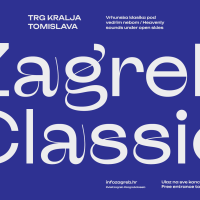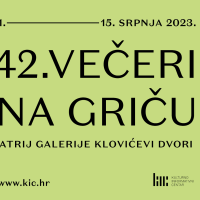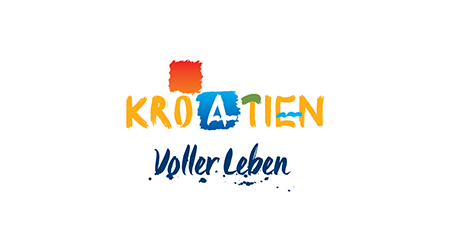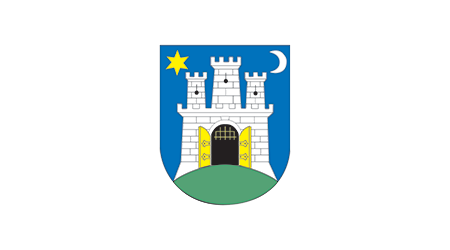Stories from an eye doctor’s surgery during the late 19th century
Until March 20th, the Typhological Museum of Zagreb will feature a representative exhibition of devices and instruments for treating eye diseases from the late 19th and early 20th centuries. The items are part of a valuable ophthalmological collection from the museum’s holdings.
 How did people solve sight issues in the past? Would it still be possible to examine human sight using late 19th century and early 20th century implements, and how much progress has been made in the area of ophtalmology? These are just some of the questions to which answers can be found at the interesting exhibition “Documenta Ophthalmologica, Stories from Ophthalmological Surgery”, which will remain open at the Typhlological Museum until March 20th.
How did people solve sight issues in the past? Would it still be possible to examine human sight using late 19th century and early 20th century implements, and how much progress has been made in the area of ophtalmology? These are just some of the questions to which answers can be found at the interesting exhibition “Documenta Ophthalmologica, Stories from Ophthalmological Surgery”, which will remain open at the Typhlological Museum until March 20th.
The exhibition features a representative ophthalmological collection of highly specialized implements which formed the inventory of the Eye Clinic since the founding of the Royal University Ophthalmological Clinic in Zagreb in 1923. The items on display represent a majority of all devices and instruments used by the one-time doctors in what was a well-equipped clinic, which enabled them to conduct precise diagnostics and scientific research work. Before they became part of the museum’s holdings, most of the diagnostic devices and instruments were safe-kept at the University Hospital Centre. Most of them were made by known inventors and manufacturers in the field of optics and ophthalmology, such as Carl Zeiss and Richard Forrester, while parts for some devices were produced at Jakob Hlavka’s factory, the first factory of medical instruments in Zagreb.
A stroll through the exhibit area will take visitors back to the past. They will also learn how to recognize, prevent and cure eye diseases. Concurrent with the exhibition, there will be workshops in which optometry students from the University of Velika Gorica will be testing the eyesight of all interested exhibition visitors.
The Typhlological Museum in Zagreb is one of just a few museums in Europe dealing with the problem of blind or sight-impaired persons. Its main purpose is to raise the awareness of the general public about the needs of the blind and sight-impaired persons, as well as educate the population about the prevention of eye disease.
Published: 02.01.2012
 Hrvatski
Hrvatski English
English Deutsch
Deutsch Spanish
Spanish French
French Italian
Italian Russian
Russian Korean
Korean Japanese
Japanese Chinese
Chinese How did people solve sight issues in the past? Would it still be possible to examine human sight using late 19th century and early 20th century implements, and how much progress has been made in the area of ophtalmology? These are just some of the questions to which answers can be found at the interesting exhibition “Documenta Ophthalmologica, Stories from Ophthalmological Surgery”, which will remain open at the Typhlological Museum until March 20th.
How did people solve sight issues in the past? Would it still be possible to examine human sight using late 19th century and early 20th century implements, and how much progress has been made in the area of ophtalmology? These are just some of the questions to which answers can be found at the interesting exhibition “Documenta Ophthalmologica, Stories from Ophthalmological Surgery”, which will remain open at the Typhlological Museum until March 20th.









